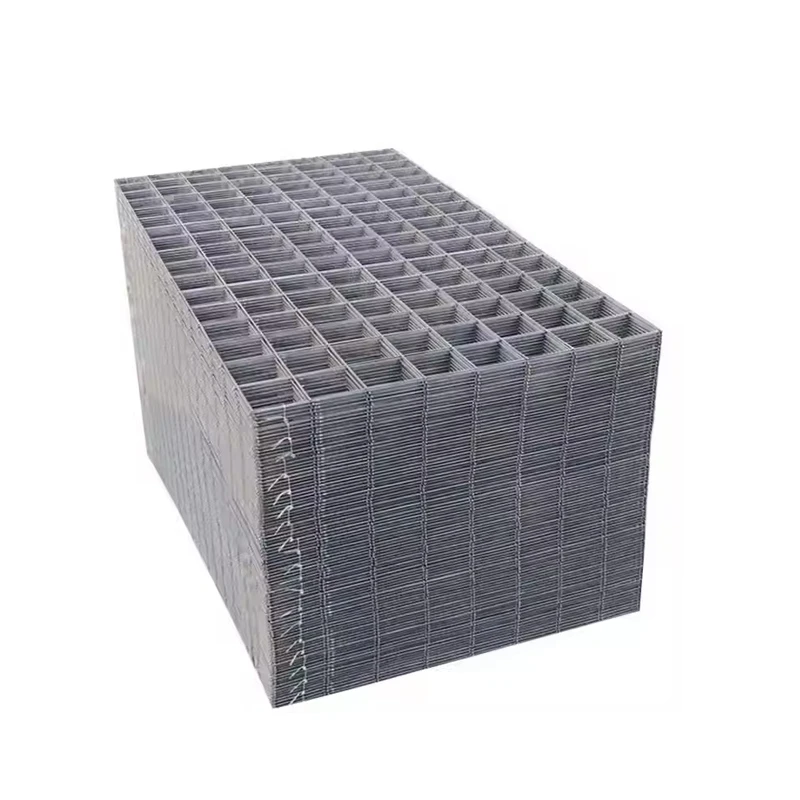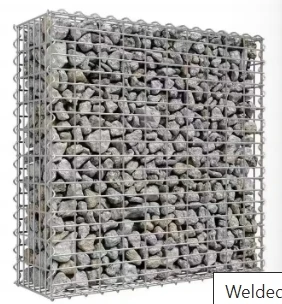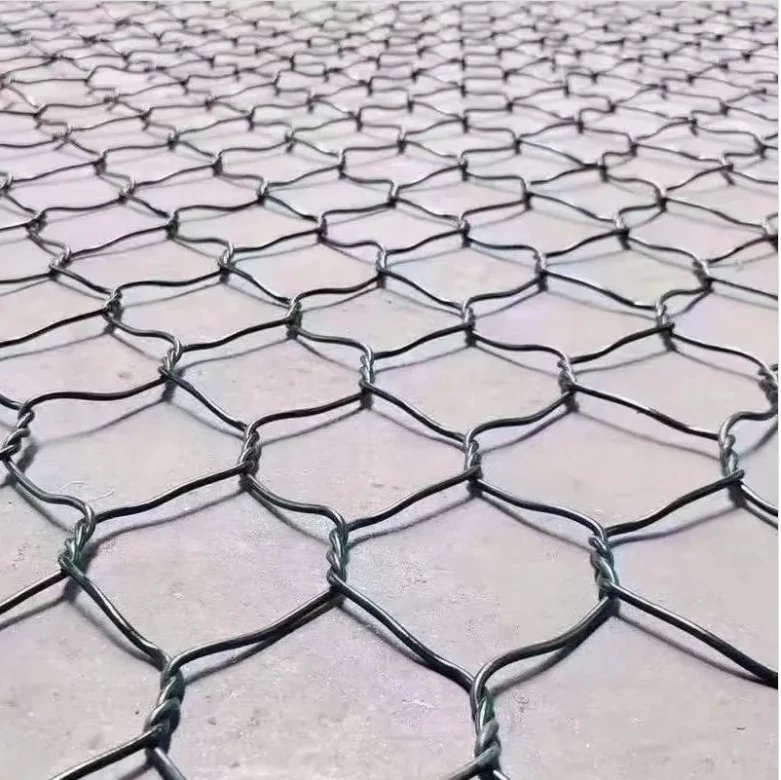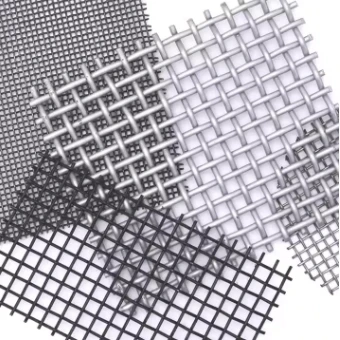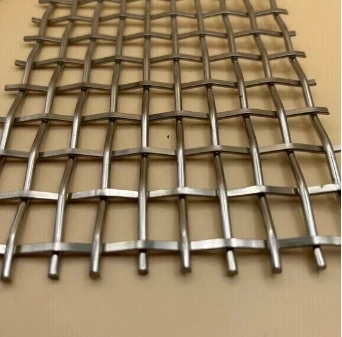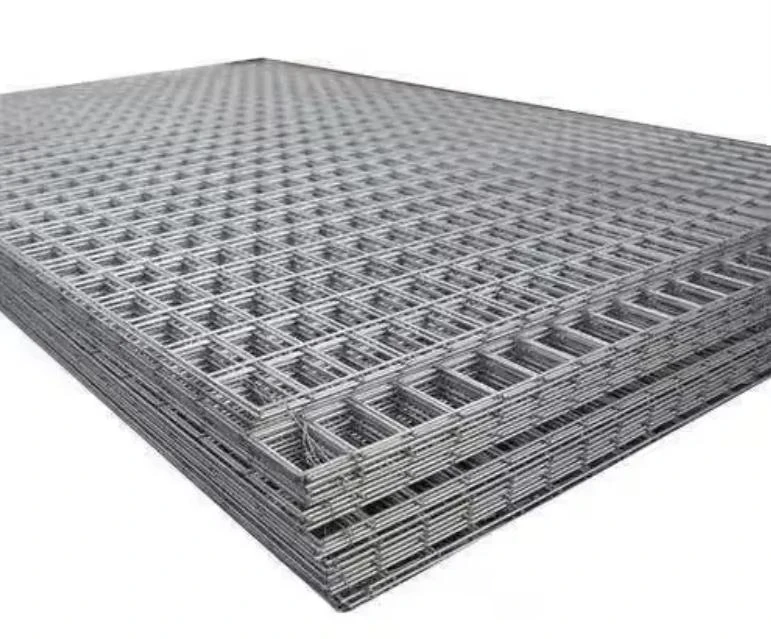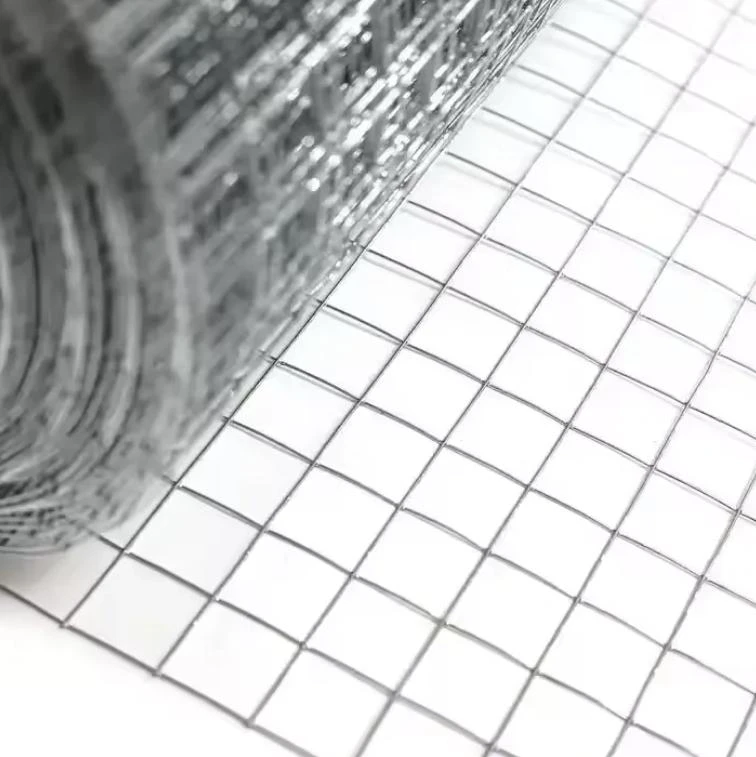Heavy-Duty Wire Rope Tensioner & Cable Tightener Solutions
Ago . 15, 2025 04:40
Mastering Precision: The Core of Modern Tensioning with Wire Rope Tensioners
In the vast landscape of industrial and construction applications, the ability to precisely manage tension in cables and ropes is paramount for safety, structural integrity, and operational efficiency. The wire rope tensioner, also known as a Wire Stretcher Rope Tensioner, stands as a critical component in achieving this precision. These devices are engineered to apply and maintain specific tension levels in steel cables, guy wires, and other flexible structural elements, ensuring optimal performance and preventing potential failures due to slack or over-tensioning. Understanding their technological nuances, application breadth, and the rigorous manufacturing standards behind them is crucial for B2B stakeholders seeking reliable solutions.
This comprehensive guide delves into the world of wire cable tensioners, exploring their industry trends, technical specifications, the intricate manufacturing processes, diverse application scenarios, and key advantages. We will also touch upon the importance of selecting the right manufacturer and the benefits of customized solutions, providing decision-makers with the insights needed to make informed procurement choices for critical infrastructure and demanding projects.
Navigating Industry Trends and Essential Technical Parameters
The demand for sophisticated wire rope tensioners is steadily rising, driven by global infrastructure development, increasing complexity in industrial rigging, and stringent safety regulations. Key trends include a shift towards lightweight, high-strength materials, integrated smart monitoring capabilities for real-time tension feedback, and enhanced corrosion resistance for extended service life in harsh environments. Manufacturers are also focusing on ergonomic designs that facilitate easier installation and maintenance, reducing labor costs and improving operational efficiency.
When evaluating a steel cable tensioner, a thorough understanding of its technical parameters is essential. These specifications dictate the device's suitability for particular applications, load capacities, and environmental conditions. Below is a detailed table outlining critical parameters typically considered for high-performance tensioners, sourced from industry standards and leading manufacturers' data. This ensures that the chosen wire rope tightener meets the precise demands of your project.
| Parameter | Description | Typical Range/Value | Significance |
|---|---|---|---|
| Material Composition | High-tensile forged steel, Stainless Steel (304/316), Galvanized steel alloys | Alloy Steel (Grade 80/100), SS304, SS316 | Determines strength, corrosion resistance, and longevity. Essential for outdoor or marine applications. |
| Load Capacity (WLL) | Working Load Limit (Maximum safe working load) | Typically from 5 kN (1,100 lbs) to 500 kN (110,000 lbs)+ | Crucial for matching the tensioner to the specific load requirements of the application, ensuring safety. |
| Wire Rope Diameter Range | Compatible diameter of the wire rope/cable | From 3 mm (1/8 inch) to 32 mm (1.25 inch)+ | Ensures proper grip and secure engagement with the cable, preventing slippage. |
| Tensioning Mechanism | Type of mechanism used for applying tension | Ratchet, Screw (Turnbuckle), Hydraulic, Lever | Influences ease of use, precision of tensioning, and speed of operation. |
| Surface Finish | Protective coating applied to the material | Hot-dip galvanized, Electro-galvanized, Powder Coated, Polished | Enhances corrosion resistance and extends product life, especially in outdoor environments. |
| Applicable Standards | Adherence to international quality and safety standards | ISO 9001, ANSI/ASME B30.26, DIN, EN 13157 | Confirms product quality, safety, and interoperability with other system components. |
| Operating Temperature Range | Temperature range within which the tensioner operates optimally | Typically -20°C to +80°C (-4°F to +176°F), specific models for extremes | Ensures reliable performance in diverse climates and industrial settings. |
The Precision Craft: Manufacturing Process of a Wire Rope Tensioner
The manufacturing of a high-quality wire rope tensioner is a testament to precision engineering, involving several critical stages to ensure durability, reliability, and optimal performance. It begins with the meticulous selection of raw materials, primarily high-grade alloy steels or stainless steels, chosen for their superior tensile strength, fatigue resistance, and corrosion properties. These materials often undergo rigorous metallurgical testing to confirm their conformity to specifications like ASTM or EN standards before entering the production line.
The core components, such as the body, hooks, and screws, are typically produced through advanced manufacturing processes like precision forging or casting. Forging enhances the material's grain structure, providing superior strength and toughness, while precision casting allows for complex geometries with minimal post-processing. Subsequent stages involve CNC machining, where automated tools precisely shape and finish components to tight tolerances, ensuring smooth operation and secure engagement with the wire rope. Heat treatment processes, such as quenching and tempering, are applied to further enhance the material's hardness and wear resistance, significantly extending the product's service life.
Surface finishing, often through hot-dip galvanizing or specialized powder coating, provides a robust layer of protection against environmental elements, particularly corrosion in saline or acidic conditions. Each component then undergoes stringent quality control checks, including dimensional accuracy, material integrity (using non-destructive testing like ultrasonic or magnetic particle inspection), and functional testing to verify load capacity and operational smoothness. Adherence to international standards such as ISO 9001 for quality management and ANSI/ASME B30.26 for rigging hardware ensures that every steel cable tensioner meets the highest benchmarks for safety and performance, making them suitable for demanding sectors like petrochemical, metallurgy, and water treatment where reliability is non-negotiable.
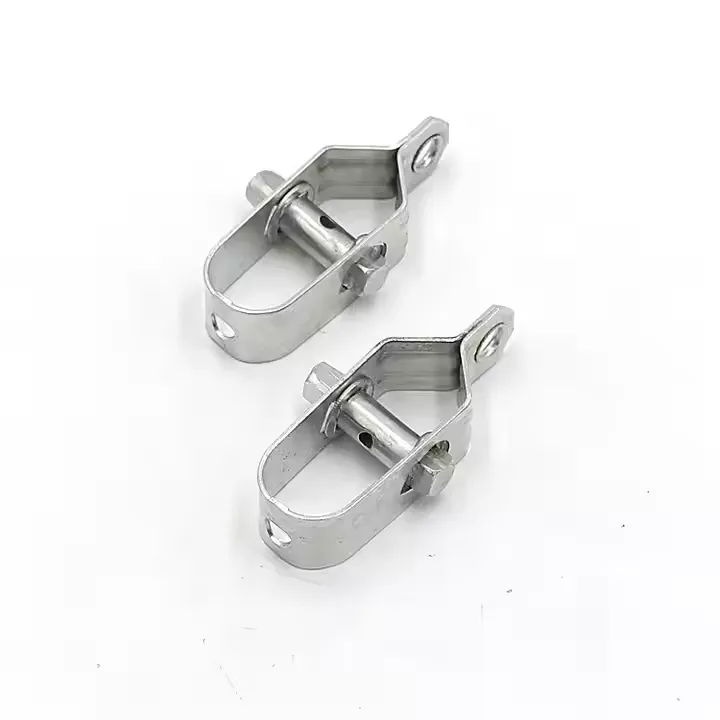
Diverse Applications and Unmatched Technical Advantages
The versatility of the wire cable tensioner allows it to serve a multitude of critical applications across various industries. In the construction sector, they are indispensable for tensioning guy wires on communication towers, stabilizing temporary structures, and ensuring the precise alignment of pre-stressed concrete elements. The agricultural industry utilizes them for tensioning trellising wires, securing fencing, and supporting greenhouse structures, where consistent tension is vital for crop support and protection. Furthermore, in the marine and offshore sectors, specialized corrosion-resistant wire rope tensioners are crucial for mooring systems, rigging on vessels, and underwater infrastructure, withstanding harsh saltwater environments.
These devices offer significant technical advantages over traditional methods of tensioning. Their precise control mechanisms, whether screw-based, ratchet, or hydraulic, allow for extremely accurate tensioning, crucial for structural stability and preventing material fatigue. Many modern wire rope tighteners feature self-locking mechanisms, ensuring that the applied tension is securely held even under dynamic loads or vibrations. The robust construction, often incorporating high-grade forged components, translates into exceptional durability and a longer operational lifespan, even in high-stress environments. Moreover, their design often allows for easy installation and subsequent re-tensioning or release, minimizing downtime and labor costs, leading to tangible energy savings through optimized operational flow and reduced maintenance needs.

Their inherent corrosion resistance, particularly for stainless steel or hot-dip galvanized variants, provides extended operational life in challenging conditions, such as petrochemical plants where exposure to aggressive chemicals is common, or in coastal areas where salt spray is a factor. This contributes to enhanced safety protocols and reduced material degradation, ensuring that critical infrastructure remains secure and functional for years, outperforming standard alternatives that might succumb to environmental stressors rapidly. The strategic integration of a reliable steel cable tensioner minimizes the total cost of ownership by extending maintenance cycles and improving system longevity.

Selecting Your Partner: Manufacturer Comparison and Customization
Choosing the right manufacturer for wire rope tensioners is as crucial as selecting the product itself. Reputable manufacturers distinguish themselves through several key attributes: stringent quality control (often evidenced by ISO 9001 certification), robust R&D capabilities, comprehensive product range, and exceptional customer support. It is advisable to look for companies with a long service history, transparent testing data, and positive client feedback. A commitment to international standards and regular third-party audits further underscores their authoritativeness and trustworthiness in the industry. For example, a manufacturer adhering to ASTM and DIN standards provides an added layer of assurance regarding material properties and mechanical performance.
Beyond standard products, many complex B2B projects require bespoke solutions. Leading manufacturers offer extensive customization services for their wire rope tightener product lines. This can range from adjusting the load capacity and wire rope diameter compatibility to specialized surface treatments for extreme environments (e.g., cryogenic or high-temperature applications). Custom designs might also incorporate specific attachment points, integrate with proprietary monitoring systems, or be fabricated from unique alloy combinations to meet project-specific tensile strength or fatigue life requirements. Engaging with a manufacturer capable of providing tailored steel cable tightener solutions ensures optimal integration and performance within your unique system, significantly reducing the risks associated with off-the-shelf components that may not perfectly align with project demands.

Real-World Impact: Application Case Studies
The practical impact of advanced wire rope tensioners is best illustrated through real-world application examples, demonstrating their vital role in critical infrastructure and specialized projects. Consider a major suspension bridge construction where steel rope tensioners were used to precisely adjust the tension of the main suspension cables. This application required tensioners capable of handling immense loads (upwards of 200 kN per unit) with micron-level accuracy, ensuring the structural integrity and long-term stability of the bridge. The robust design and reliable locking mechanism of the tensioners contributed to a 15% reduction in installation time compared to traditional methods, and post-installation monitoring confirmed consistent tension distribution across the entire structure for over 10 years without significant deviation.
Another compelling case involves a large-scale agricultural netting project spanning hundreds of acres, designed to protect high-value crops from adverse weather and pests. Here, wire cable tighteners were deployed to maintain uniform tension across an intricate grid of support wires. The chosen tensioners, specifically designed for outdoor agricultural use with enhanced UV and corrosion resistance, proved instrumental in providing consistent support for the netting system, reducing material sag, and effectively preventing damage. This implementation led to a measurable increase in crop yield due to improved environmental control and minimized pest infiltration, showcasing the economic benefits derived from precision tensioning.
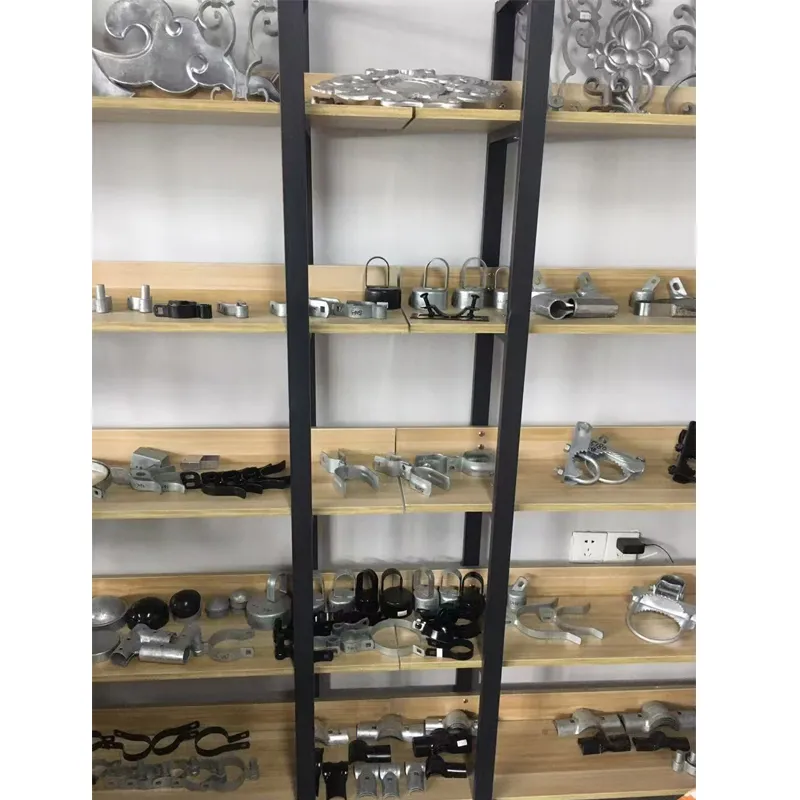
Furthermore, in the renewable energy sector, specifically for offshore wind turbine installations, bespoke wire rope tensioners are used to secure floating platforms and subsea structures. These tensioners must withstand extreme dynamic loads, constant saltwater exposure, and operate reliably for decades without human intervention. Manufacturers providing such solutions often employ advanced finite element analysis (FEA) during design and conduct extensive fatigue testing. These case studies underscore the diverse yet critical roles played by meticulously engineered tensioning solutions in ensuring safety, enhancing efficiency, and delivering long-term value in challenging B2B environments.
Frequently Asked Questions (FAQs)
Q1: What is the typical lifespan of a wire rope tensioner?
A1: The lifespan of a wire rope tensioner is highly dependent on its material, manufacturing quality, application environment, and usage frequency. High-quality tensioners made from forged stainless steel or galvanized alloy steel, used within their specified Working Load Limit (WLL) and maintained properly, can last for 15-30 years or even longer. Regular inspection and adherence to manufacturer guidelines are crucial for maximizing longevity.
Q2: How do I choose the correct steel cable tensioner for my project?
A2: Selecting the right steel cable tensioner involves considering several factors: the required load capacity (WLL), the diameter and type of wire rope, the environmental conditions (e.g., corrosive, high temperature), the desired tensioning mechanism (e.g., screw, ratchet, hydraulic), and any specific industry standards or certifications required for your application. Consulting with a reputable manufacturer's technical team is highly recommended for complex projects.
Q3: Are these tensioners suitable for marine environments?
A3: Yes, specific models of wire cable tensioners are designed for marine environments. These are typically manufactured from high-grade stainless steel (e.g., 316 marine-grade) or undergo specialized hot-dip galvanization and coating processes to provide superior resistance to saltwater corrosion and UV degradation. Always specify marine application requirements to ensure the appropriate material and finish are chosen.
Q4: What maintenance is required for a wire rope tightener?
A4: Regular inspection is key for a wire rope tightener. This includes checking for signs of wear, deformation, cracks, or corrosion on all components (body, hooks, pins, screws). Lubrication of moving parts, especially screw threads, is recommended to ensure smooth operation and prevent seizing. Any signs of damage or excessive wear warrant immediate replacement to maintain safety and performance. Adhere to the manufacturer’s specific maintenance schedule.
Delivery and Warranty Commitment
Understanding the logistical and support aspects is vital for B2B procurement. Reputable manufacturers typically offer flexible delivery options, including standard freight, expedited shipping, and international logistics, tailored to project timelines. For common wire rope tensioner models, lead times can range from 1-2 weeks, while customized or large-volume orders may require 4-8 weeks, depending on complexity and production schedules. Transparent communication regarding delivery estimates is standard practice.
Furthermore, a strong warranty reflects a manufacturer's confidence in their product's quality and durability. Most high-quality wire cable tensioners come with a warranty ranging from 1 to 5 years against manufacturing defects, underscoring the commitment to product reliability. Comprehensive customer support, including technical assistance, installation guidance, and post-sales service, is also a hallmark of trusted providers. This commitment ensures peace of mind and minimizes operational disruptions for critical industrial applications.
Conclusion
The wire rope tensioner is far more than a simple mechanical device; it is a precision-engineered tool vital for ensuring the safety, stability, and longevity of countless structures and systems across diverse industries. From the meticulous selection of materials and advanced manufacturing processes to the rigorous testing and adherence to international standards, every step in its production is geared towards delivering uncompromising performance. As demand for robust and reliable tensioning solutions continues to grow, choosing a manufacturer committed to innovation, quality, and comprehensive support becomes paramount.
By investing in high-quality steel rope tensioners and partnering with experienced suppliers who understand the intricacies of your specific applications, businesses can achieve unparalleled operational efficiency, enhance safety protocols, and secure long-term structural integrity for their most critical assets. The strategic integration of these advanced tensioning solutions represents a smart investment in future-proof infrastructure.
References:
- ISO 9001: Quality management systems — Requirements.
- ASME B30.26: Rigging Hardware.
- ASTM International Standards (e.g., A572/A572M for High-Strength Low-Alloy Columbium-Vanadium Structural Steel).
- DIN EN 13157: Cranes – Safety – Hand operated lifting equipment.
- NIST Journal of Research, Vol. 109, No. 2, March–April 2004: "Corrosion of Steel in Concrete Structures".
Related Products
Related News







